A quick scroll through our portfolio leaves no doubt that we love a good window treatment. Beyond providing the all important function (light and temperature control, privacy and room darkening, depending on your needs), a well executed curtain or shade adds a softness and texture that highlights architectural elements and brings a finished and polished feel to a room. Depending on the overall design scheme, the right pattern and color on a window treatment can also be the decorative lynchpin that ties a larger vision together.
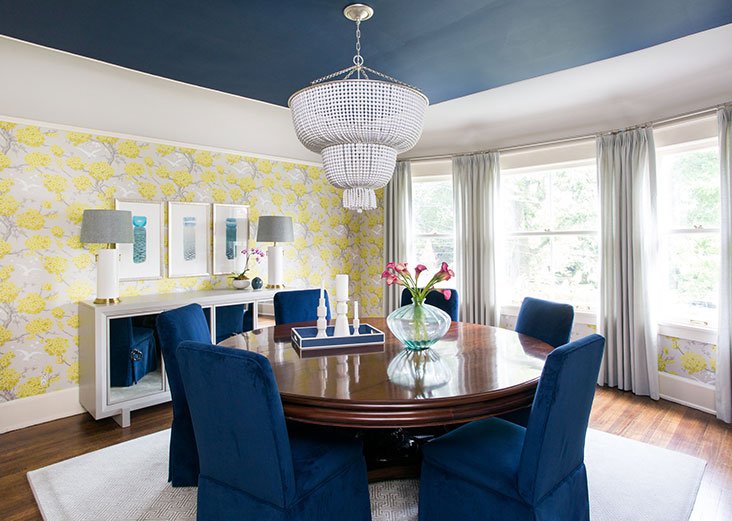

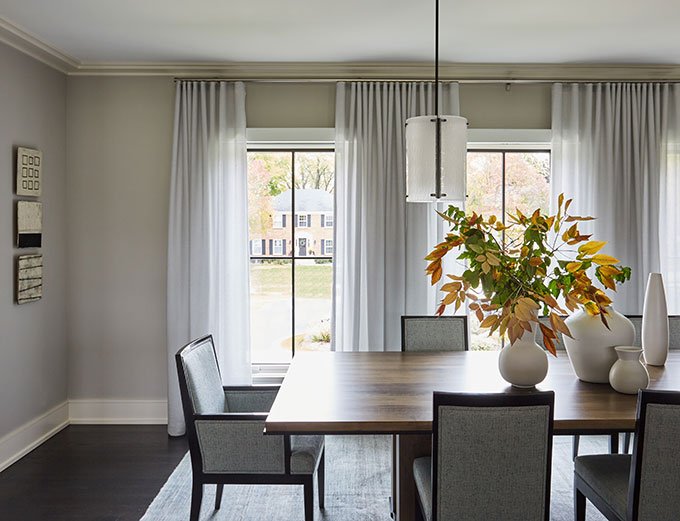
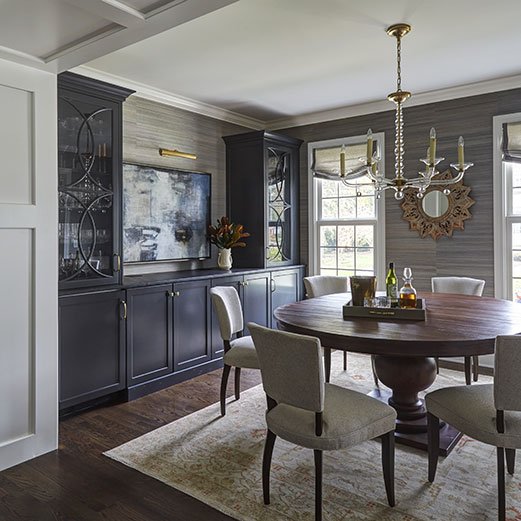
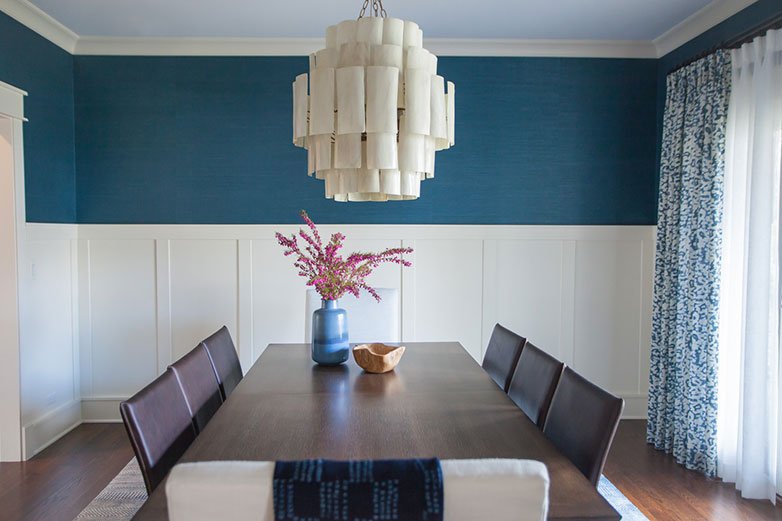
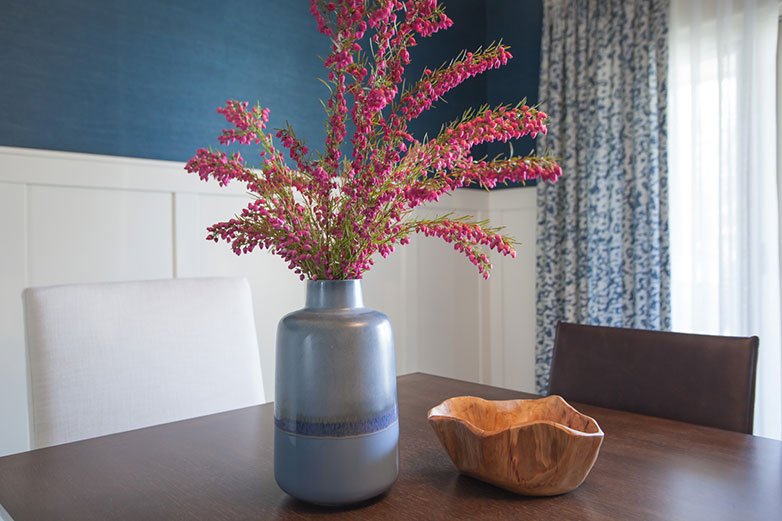
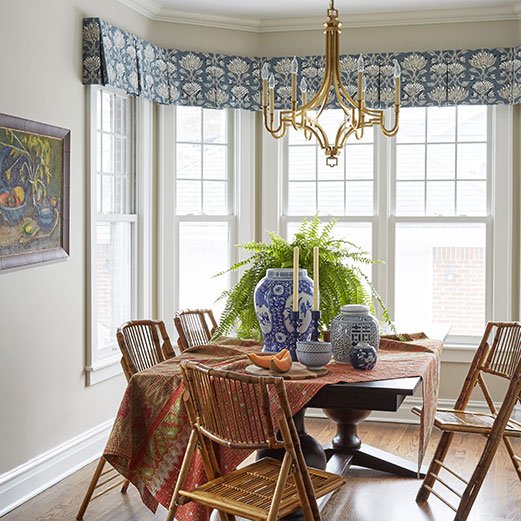
From custom to semi-custom to retail, there are a variety of price points on the open market to sort through, in addition to the pros and cons of each approach.
The benefits of a custom window treatment top our list:
Perfectly planned scale for your windows - ideally you want a curtain panel to look full enough that it could easily draw and cover your window with some fullness to spare (avoiding the “bedsheet” look). The bottom of a drape should just skim the floor and hardware should typically be mounted pretty close to the crown molding, unless circumstance dictates otherwise. A custom vendor will be able to back into all those measurements based on a field measure that takes into account the exact details of your space. You’ll also be able to lean on the experts to determine whether any shaded treatments should be inside or outside mounted depending on your architecture and functional needs.
Limitless options for fabric and hardware - the perfect neutral shade of linen or the best riotous pattern to make a statement are really only available with a custom option. In addition - selecting the right lining (black out, standard, batiste, etc.) and hardware fittings are best done through a vendor that has access to all of the market selections. Custom hardware means rods sized exactly for your windows, cordless or hidden operations and endless finish options. Working with your selected fabric’s repeat and technical aspects is also in the realm of expertise a good custom vendor will offer.
Finally, and probably most importantly - function. Customized window treatments can be created to offer you the exact level of light and privacy control you desire.
Install - perhaps the most sanity saving element of all - no guesswork or misplaced hardware holes to get a perfectly installed window treatment!
All that said, the retail market continues to improve its offerings. More options for length and width allow getting close to the ideal scale and many vendors have decently expanded fabric and hardware finish options. The customer who does best in the retail world has the time and ability to measure and sort through various options on their own and doesn’t mind doing some legwork to chase down samples and to get products tailored or adjusted to their own specifications.
A retail “hack” we employ when necessary is to have trim added to more basic draperies, which installation will be up to the customer or a hired handy person to execute - making sure that heights, widths and mounting styles are placed correctly for a finished look.
So, how do the actual costs breakdown? We’ve run the numbers over the years and found, surprisingly, that custom drapery typically costs only between 20-25% more than retail options. This takes into account the added costs often required to tailor off-the-rack selections and hire out installation. The bulk of cost differences will really come down to your fabric selection - a simple linen look will be more cost effective than a higher end decorative option from a fabric house. And, this decision often comes down to the overall design of the space - if the curtain fabric is the lynchpin in the design or the star of the show, this investment can be well worth it.





